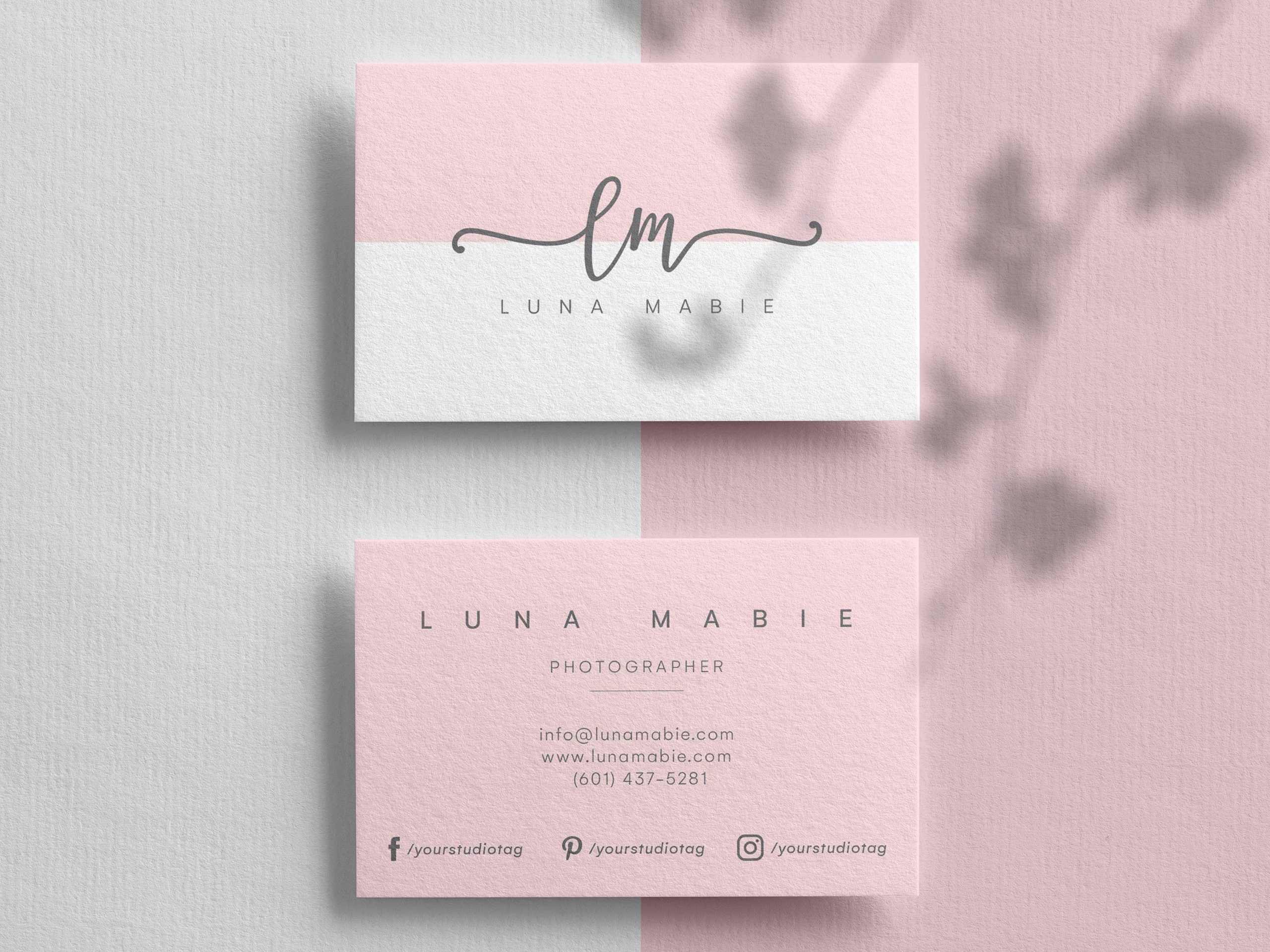
As a business owner, you understand the importance of having professional-looking business cards to enhance your brand image. However, determining the right price to charge for your business cards can be challenging. Pricing them too high may drive potential customers away, while pricing them too low may undervalue your services. So, how much should you charge for business cards? In this article, we will explore various factors that can help you determine the perfect pricing strategy for your business cards.
Factors to Consider

1. Cost of Materials and Printing
The first factor to consider when pricing your business cards is the cost of materials and printing. Take into account the quality of the paper, the type of printing method (such as offset or digital), and any additional features like spot UV coating or foil stamping. These factors can significantly impact the cost per card.
2. Labor and Design
Another important factor to consider is the cost of labor and design. If you have hired a designer to create custom business card designs for your clients, you need to factor in the cost of their services. Additionally, consider the time it takes to set up the artwork for printing and any additional costs associated with card customization.
3. Competition and Market
Researching your competition and understanding the market is crucial when determining the price for your business cards. Take a look at what other businesses in your area or industry are charging for similar products. This will give you a general idea of the market price range and help you position your pricing strategy accordingly.
4. Value and Brand Perception
Consider the value you offer to your clients and how your brand is perceived in the market. If you specialize in high-end, custom-designed business cards, you may be able to charge a premium price. On the other hand, if you target small businesses or startups, a more affordable pricing structure may be more suitable. It’s important to find a balance between your costs and the perceived value of your product.
5. Volume and Discounts
Another factor to consider is the volume of business card orders you expect to receive. If you anticipate a high volume of orders, you may be able to offer discounted pricing to incentivize bulk purchases. Analyze your costs, projected profit margins, and industry standards to determine the discount structure that works best for your business.
6. Additional Services
Do you offer any additional services along with business card printing? For example, do you provide free design consultations, sample packs, or expedited shipping? These additional services can justify a higher price point for your business cards. Consider the cost and value of these services and include them in your overall pricing strategy.
Pricing Strategies

Now that we have discussed the factors to consider when pricing your business cards, let’s explore different pricing strategies you can adopt.
1. Cost-Plus Pricing
Cost-plus pricing is a straightforward strategy where you determine the cost per unit and add a markup to cover your desired profit margin. Calculate all the costs involved in producing a business card, including materials, printing, labor, and any additional services. Then, add a percentage markup to set your price. This method ensures you cover your costs and generate a profit.
2. Market-Based Pricing
Market-based pricing involves setting your prices based on the prevailing market rates. Research your competitors’ pricing and analyze your target market. If your business cards are similar in terms of quality and features, you can align your prices with the market rates. However, if you offer unique value or have a different target customer base, you may choose to deviate slightly from the market rates.
3. Value-Based Pricing
Value-based pricing focuses on the perceived value your business cards provide to your clients. This strategy involves setting your prices based on the benefits and value your customers receive from using your business cards. If you offer premium features, high-quality materials, or exceptional design services, you can justify charging higher prices. Remember to consider the customer’s perspective and the value they place on your offering.
4. Tiered Pricing
Tiered pricing allows you to offer different pricing options to cater to a variety of customer needs and budgets. By offering different tiers, you can appeal to different segments of the market. For example, you can have a basic tier with standard features and pricing, a mid-tier with additional customization options, and a premium tier with premium materials and design services. This strategy allows customers to choose the option that best suits their requirements and budget.
Conclusion
Determining the right price to charge for your business cards requires careful consideration of various factors. Take into account the cost of materials and printing, the value and brand perception, the competition and market rates, and any additional services you offer. Choose a pricing strategy that aligns with your business goals and target market. Remember, it’s important to find the sweet spot where your prices are competitive yet profitable. By carefully analyzing these factors and implementing an effective pricing strategy, you can ensure your business cards are priced appropriately and attract the right customers.
Ethan is a branding enthusiast and a master of storytelling. With a background in advertising, he leverages his expertise to explore the art of graphic design and its impact on business. In his free time, Ethan enjoys photography and capturing the world’s visual intricacies.